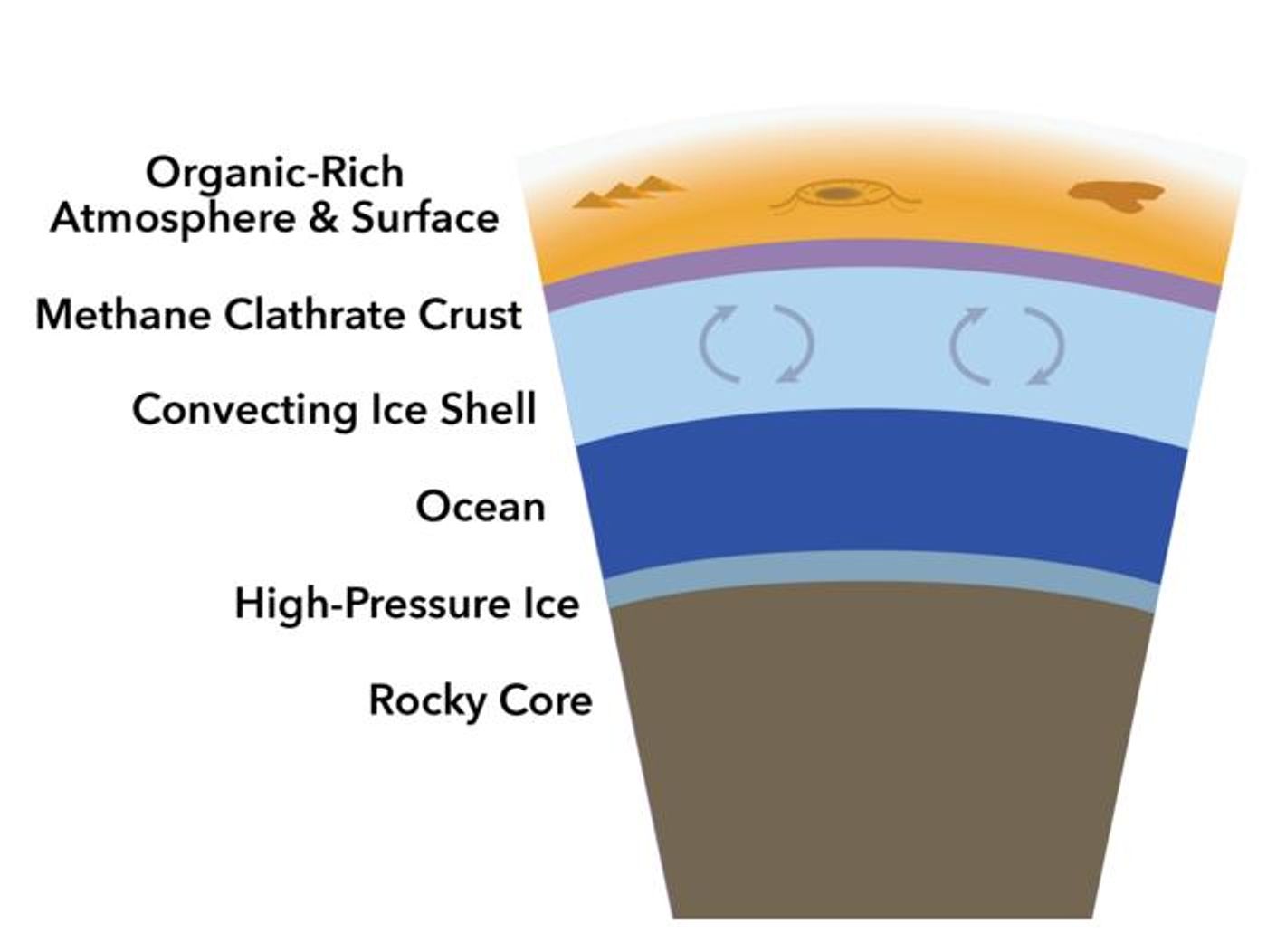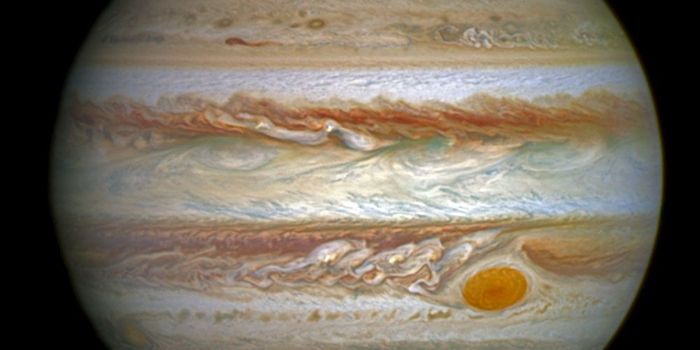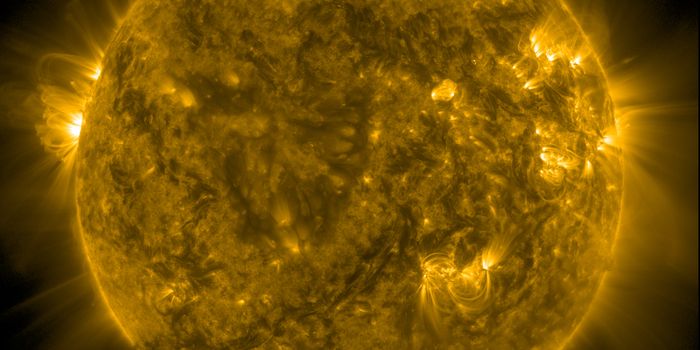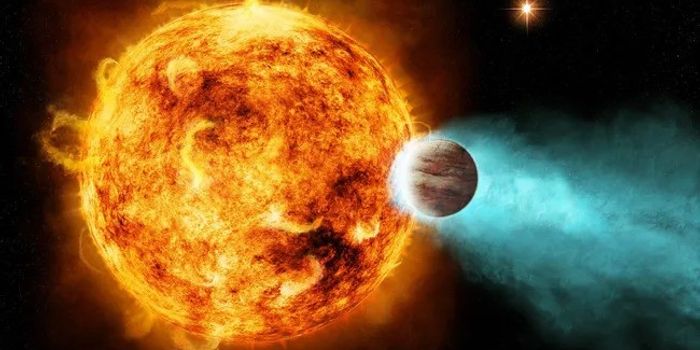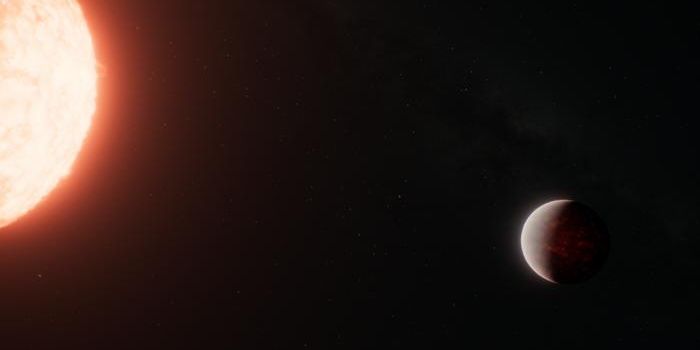Titan's Atmosphere and Climate: Lessons from an Alien World
How does Saturn’s largest moon, Titan, have such a methane-rich atmosphere? This is what a recent study published in The Planetary Science Journal hopes to address as a team of researchers investigated how methane that resides with Titan’s crust could be responsible for the lack of depth in Titan’s impact craters, which could explain why Titan’s atmosphere has so much methane, as well. This study holds the potential to help researchers better understand the formation and evolution of Titan and whether it could host life as we know it.
For the study, the researchers used computer models to simulate the formation and evolution of impact craters on Titan, of which only approximately 90 have been identified via satellite imagery from NASA’s Cassini spacecraft.
“This was very surprising because, based on other moons, we expect to see many more impact craters on the surface and craters that are much deeper than what we observe on Titan,” said Dr. Lauren Schurmeier, who is a research associate in the Hawai‘i Institute of Geophysics and Planetology (HIGP) and lead author of the study. “We realized something unique to Titan must be making them become shallower and disappear relatively quickly.”
The goal of the study was to ascertain the geological mechanisms that could be responsible for causing Titan’s impact craters to exhibit decreased depths (shallower) than impact craters observed on other worlds. In the end, the researchers determined that a layer of methane clathrate crust beneath Titan’s surface was responsible for causing the impact craters to be shallower than those observed on other planetary bodies, and they used impact craters observed on Jupiter’s moon, Ganymede, for reference.
Image of Titan obtained using the VIMS (visual and infrared mapping spectrometer) instrument onboard NASA’s Cassini orbiter. (Credit: NASA/Cassini VIMS)
“Using this modeling approach, we were able to constrain the methane clathrate crust thickness to five to ten kilometers [about three to six miles] because simulations using that thickness produced crater depths that best matched the observed craters,” said Dr. Schurmeier. “The methane clathrate crust warms Titan's interior and causes surprisingly rapid topographic relaxation, which results in crater shallowing at a rate that is close to that of fast-moving warm glaciers on Earth.”
Artist’s diagram depicting the interior of Titan (not to scale). (Credit: Schurmeier, et al., 2024)
Better understanding this methane clathrate crust and its thickness could help researchers gain greater insight into how Titan’s atmosphere is methane-rich, which could help determine how, and if, life as we know it exists on Saturn’s largest moon. This study comes as NASA is slated to launch its Dragonfly quadcopter in July 2028 to “hop” across Titan’s surface to ascertain if Titan contains the necessary conditions for life as we know it, with Dragonfly slated to arrive on Titan in 2034.
What new discoveries about Titan’s methane will researchers make in the coming years and decades? Only time will tell, and this is why we science!
As always, keep doing science & keep looking up!
Sources: The Planetary Science Journal, EurekAlert!, University of Hawai’i at Manoa

